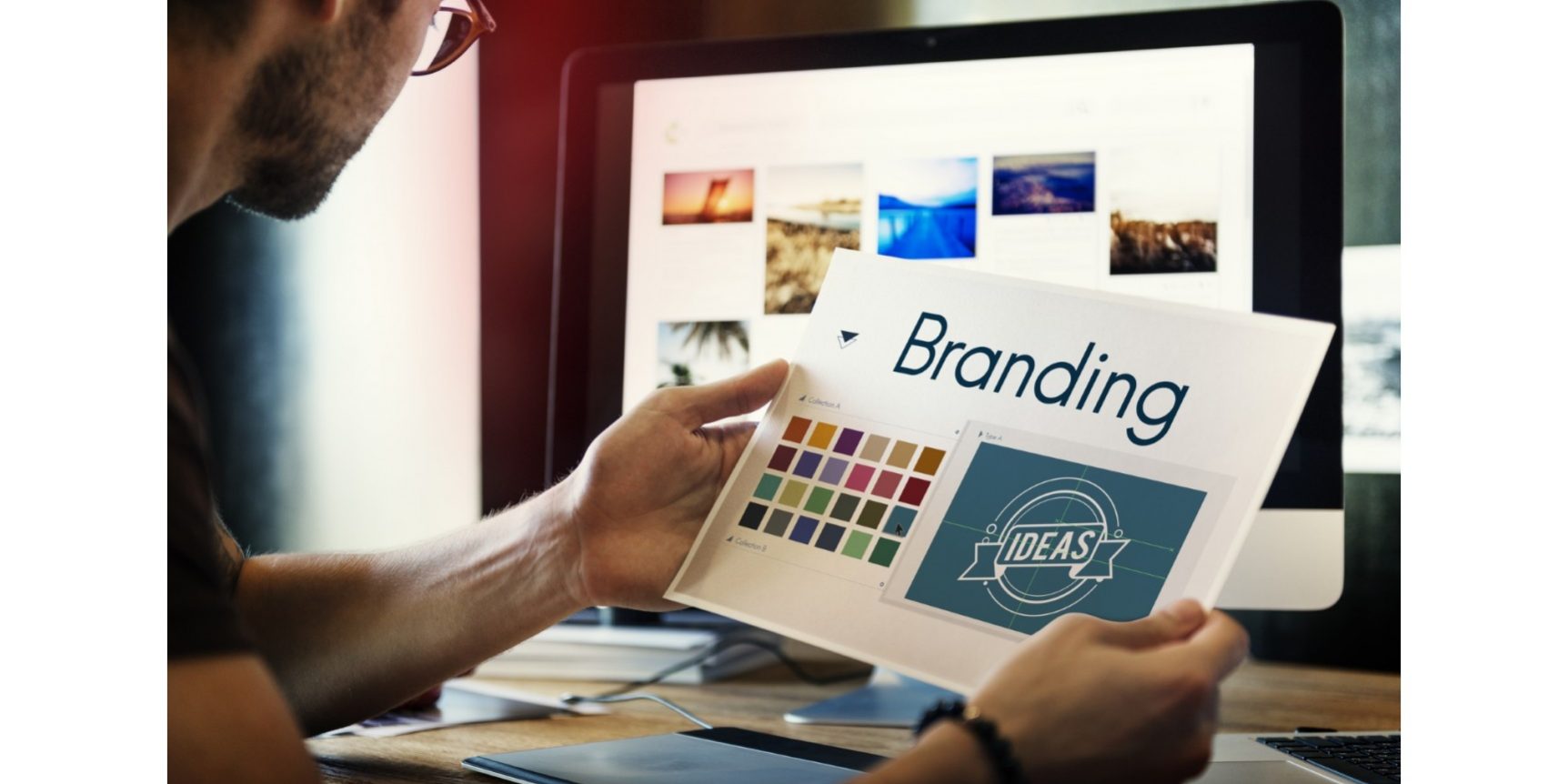The main reason for the general fascination with brands is their ability to provide the consumers an extra value and what the product\service\company themselves can provide—a value that becomes the major motivation for consumers to desire the product. Everybody agrees about that, but from here on, it becomes foggy. First of all, what is this value exactly? Also, how precisely is this value being added and incorporated into the brand? In this short article, I attempt to provide a clear answer to both of these key questions and to suggest a workable approach to creating value-added brands.
By way of introduction, let me say that strong brands are perceived instruments to achieve goals or benefits in the consumer’s mind. They arouse emotions because they are perceived as a source of something beneficial. The positive emotions are direct outcomes of these anticipations. Their various symbolizations (name, logo, font, emblem, etc.’) have little impact of their own. Their importance is mainly as identifiers of sources of already attributed and anticipated benefits.
The act of branding has ten different meanings: ten different ways to create instrumentality or usefulness beyond the tangible benefits that the product/ service/ company themselves can provide.
Creating a conceived linkage to a tangible benefit
The most basic branding level is creating a conceived linkage between the brand name and other identifiers and a tangible benefit. Huge brands like Pantene shampoo, which promise to amend the six symptoms of an unhealthy hair look, work at this level.
Forming a mental context
A “mental context” is a concept or an organizing principle that allows the consumer to conceive originally unrelated facts (such as its various marketing activities) connected by a guiding intent or by some other common factor. For example: should you stumbled into a hotel like the “Hudson” or the “Royalton” in the heart of Manhattan, you are promised pleasure on different levels, but if you know you’re in a “Boutique Hotel” your stay becomes a very different experience altogether.
Directing an experience
This is essentially a hypnotic effect, in some cases related to Placebo. The branding here creates an expectation that alters the sensed experience and enables the consumer a richer experience than what the product alone can provide him with. For instance, the expectation that an energy drink like “Red Bull” will energize makes the consumers feel a wave of energy beyond the drink’s physical effect.
Creating a means of self-presentation
Here the branding creates a symbol with a meaning known to everybody in a relevant group, enabling the consumer to characterize himself. The brand “ABSOLUT vodka” became a way for yuppies to signal their suppleness to other yuppies and became a huge success.
Creating a means to deliver a message
This approach’s branding role is to create a symbol of another kind, its meaning known for everybody. The diamond giant “De Beers” made the diamond a means of expressing commitment, making the physical fact that a diamond is indestructible a metaphor for a relationship’s lastingness.
Building a social-cultural authority
The next branding approach is creating an authority that the consumers can use as a guide to help them understand what’s happening around them and inform them which behavioral ways are normative, what will make them happier, etc.’. The brand “Apple” depicted the personal computer as a working tool and a device for self-expression and creativity.
Creating “a longhand.”
In this approach, the branding creates means for the consumer and empowers her to act for noble objectives and high purposes, which are important to her, but she can’t achieve it. The “Body Shop” network made buying a way to preserve the environment and help people in need worldwide.
Creating an Alter Ego
Here, the brand is a way for the consumer to behave (at least on a fantasy level) in a manner he would like to but doesn’t dare or isn’t willing to pay the price for. The provocation of the fashion brand “Diesel” is made as if “in the name of” the brand customers. They can feel like they are provocative themselves every time the brand advertises one of its outrageous campaigns.
Building an “Emotional Gym”
Opting for our civilized and protected lifestyle, we compromise (not once, happily) many possibilities as humans. We go to the gym to prevent our body’s degeneration, which, in our lifestyle, doesn’t get to face the challenges it was designed for. Similarly, we watch movies and TV series to “exercise” emotional skills that aren’t legitimate in our lifestyle. Brands like “Sicily” from “Dolce & Gabbana” allow us to experience such emotional possibilities.
Facilitating fantasies
With only a fine difference from the previous approach, this branding approach helps the consumer fantasize about an alternative reality. The brand “Timberland” was designed as a way for consumers to fantasize about courageous adventures against the forces of nature.
The understanding of the different kinds of added value, the ways by which these values are instrumental to the consumer, and the methods by which brands can be destined to be means for the consumer for achieving his goal marketers the difference between masterful creations of brands and amateur imitation which produces mere look-alikes.
Contact GrowSmart for all your Digital Marketing needs.








